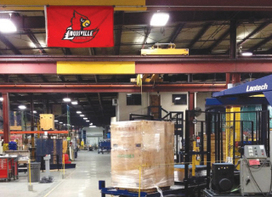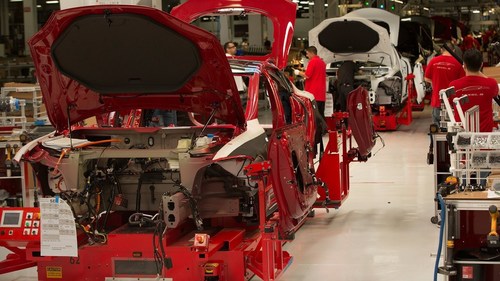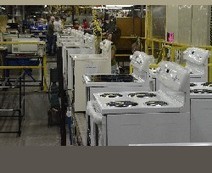Aug 6 2013
Lantech, early adopter of Lean, still going strong | Manufacturing Business Technology
See on Scoop.it – lean manufacturing

What sets Lantech apart from the competition is the fact that its employees are spending 30 to 40 percent of their creative energy problems solving, says Lancaster, and the rest of their energy is spent on making Lantech’s products better — safer, higher quality, lower cost, quicker. “They go home feeling like they really made a difference, rather than go home frustrated that they had to use all their energy to solve the same problem today that they did last week.”
See on www.mbtmag.com



Aug 7 2013
GE Appliance Plant Survival Credited to Lean | Chattanooga Times Free Press
See on Scoop.it – lean manufacturing
 “Appliance maker Roper Corp. to expand in LaFayette, Ga. […] Scott Ossewaarde, president of Roper, credited the plant’s location and lean manufacturing methods with its survival through the worst economic downturn since the Great Depression.”
“Appliance maker Roper Corp. to expand in LaFayette, Ga. […] Scott Ossewaarde, president of Roper, credited the plant’s location and lean manufacturing methods with its survival through the worst economic downturn since the Great Depression.”
See on timesfreepress.com
Share this:
Like this:
By Michel Baudin • Press clippings 0 • Tags: GE, Lean, Lean manufacturing